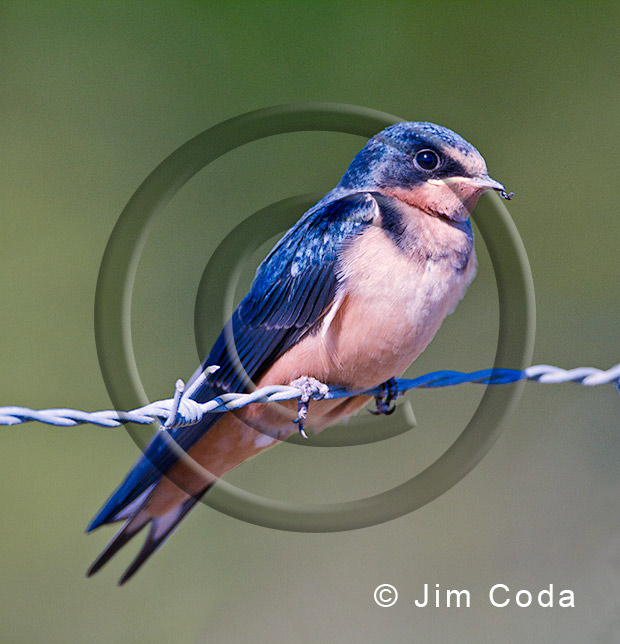Mountain Bluebird, Yellowstone National Park

Here is one of the many bluebirds I saw in Yellowstone recently. I’ve added him and a few others to my website today. You can see the them by clicking here and then using the right arrow on your keyboard. You may need to click on the web page before you can use your right arrow to move to the next image.










